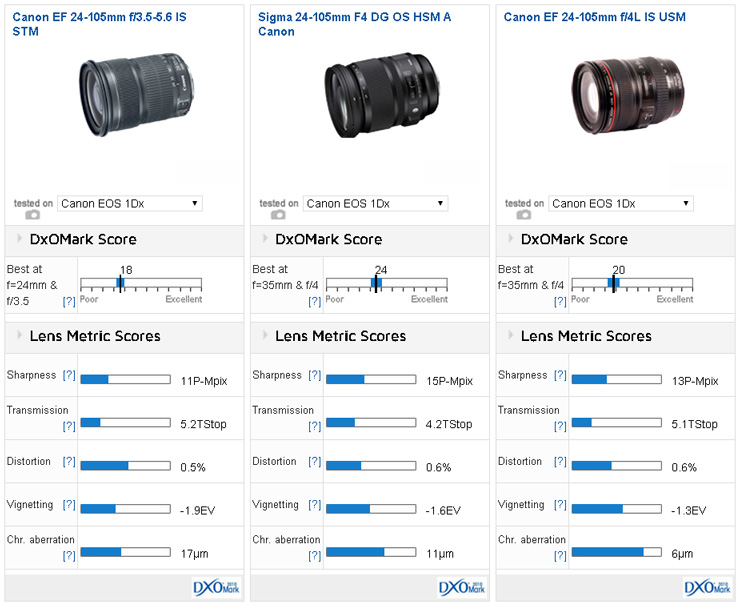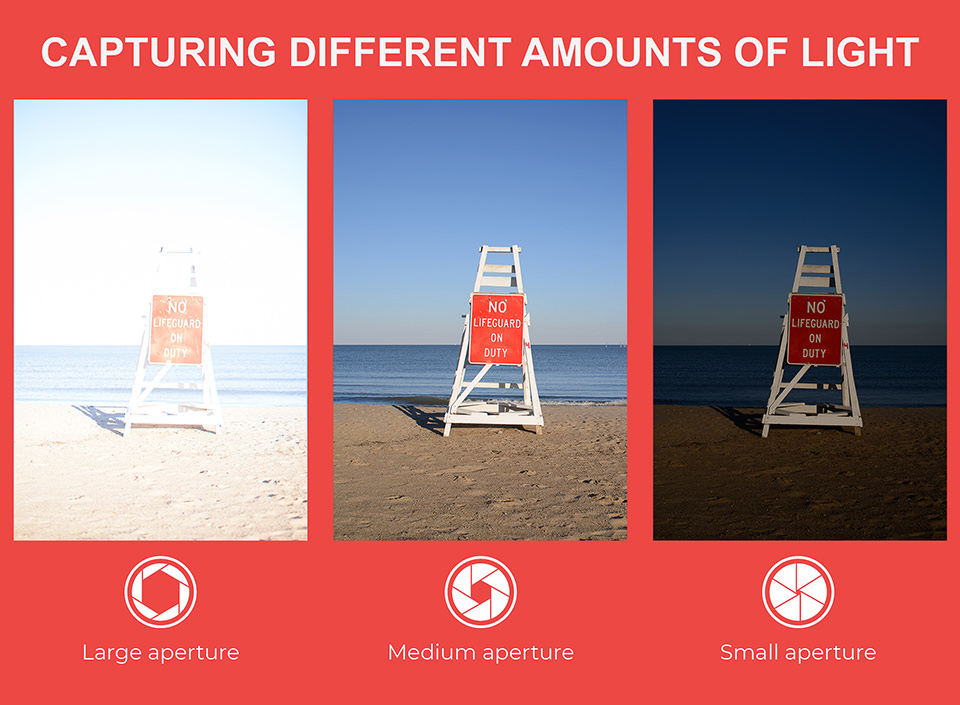

APERTURE 3.5 VS 2.8 PRO
The new frontier for displays is refresh rate, and the Pixel 6 Pro’s 120Hz screen is as buttery as the iPhone 13 Pro and Galaxy S21 Ultra’s. Most flagship phones have adopted OLED by now, and in general offer excellent image quality.
APERTURE 3.5 VS 2.8 1080P
The standard model has a 6.4-inch 1080p panel that runs at 90Hz, while the Pro uses a 6.7-inch display that goes between 10Hz and 120Hz depending on what you're doing. Display, audio and fingerprint sensorīoth the Pixel 6 and 6 Pro have lovely OLED screens. Meanwhile, the Pixel 6 Pro weighs 210 grams, which is much lighter than the iPhone 13 Pro Max and the Galaxy S21 Ultra. The Pixel does have a larger 6.4-inch screen, though, and I wish it was smaller since previous generations (and other companies) all offer a one-hand-friendly size. At 207 grams (or 7.3 ounces), the Pixel 6 is heavier than the Galaxy S21 and the iPhone 13, though not by much. And as a bonus, it doesn’t wobble when resting on a tabletop.Īesthetics and style are all subjective, but no one can argue with hard numbers. In its defense, it not only houses larger sensors, but it also makes for a more symmetrical design than the corner camera bumps on every other flagship. I don't mind it, but I know many people think it's hideous. The resolution at maximum aperture in each lens was then checked.Google's horizontal camera bar here is polarizing. Next, the camera was fixed on a tripod with Aperture-Priority AE selected. The EF70-200mm f/2.8L IS II USM and the EF70-200mm f/4L IS USM were attached to the EOS 5D Mark III.
APERTURE 3.5 VS 2.8 SERIES
However, high grade zoom lenses such as the ones in Canon's L series are already designed to give optimal bokeh, hence, when comparing such lenses, it largely holds true that the brighter the f-number, the larger and more beautiful the bokeh will be. Therefore, if you compare an f/4 lens whose internal construction is designed to provide optimal bokeh with an f/2.8 lens whose internal construction does not favour bokeh, it's still technically possible for the f/4 lens to give a bokeh that is at least just as big as what you would get on the f/2.8 lens. Refinements have since been made to the design of aspherical lens elements to reduce their impact on bokeh. There are other contributing factors, such as lens internal construction (elements used to make up the lens and the way they are arranged together), that could also affect bokeh. As one case in point, in the past, using aspherical lens elements in the lens construction was known to cause a very slight deterioration in bokeh quality. However, we say "usually" because the maximum aperture of a lens alone does not determine the size and quality of bokeh possible.

in the maximum amount of light each lens allows to reach the sensor.Īnother key difference lies in the depth of field. An f/2.8 lens would usually be capable of giving a more shallow depth of field (and therefore a bigger background bokeh) than an f/4 lens.

The most obvious difference between an f/2.8 and an f/4 lens is in their "brightness", i.e. The simplified answer is that there are two main differences. Other than brightness, what sets an f/2.8 lens apart from an f/4 lens? Using the EF70-200mm f/2.8L IS II USM and the EF70-200mm f/4L IS USM, I will show how the two differ by comparing the apparent resolution and bokeh size.


 0 kommentar(er)
0 kommentar(er)
